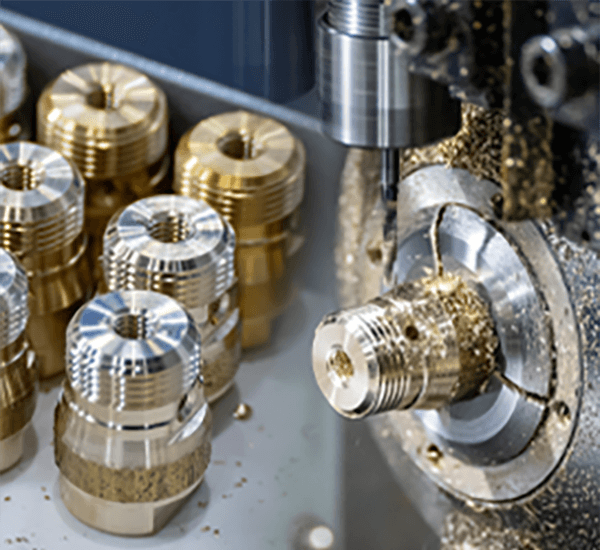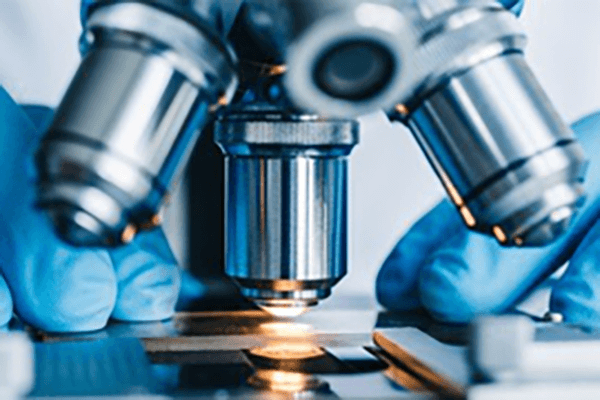
Attaining target exterior polish for a CNC part is highly significant.
- Engineering annotations specify detailed surface expectations for components
- Designers use Ra (mean deviation) as a numerical indicator of surface roughness
- Comprehending finish specifications is crucial to meet operational standards
- A well-defined surface finish can impact factors such as lubrication, friction, and durability
- Correctly reading the finish notation is necessary to attain the intended result
CNC Machining: A Definition of Precision

Programmed machining operates as a leading production process using CNC instructions the equipment fabricates detailed forms with consistency.
- CNC systems permit manufacture of precise components from diverse substrates
- Adaptable CNC processes fit the demands of aerospace, automotive, and medical markets
- CNC processes produce uniform parts with high repeatability over runs
Across prototyping through full-scale production CNC machining serves as a cornerstone in contemporary manufacturing
Deciphering CNC Machine Specifications
Making sense of CNC specs can seem confusing on first pass
In contrast, measured learning and order help you traverse technical specifications
Commence with recognizing main metrics: spindle rpm, feed, precision, work volume, control system
Each characteristic modifies the machine’s effective performance.
As an example, increased spindle rpm favors soft alloys and higher feed favors throughput.
Seeing these associations aids in selecting the correct machine for your use
Take time to inspect maker literature meticulously.
Provided manuals commonly contain clarifying information and define jargon
CNC Machines Explained: A Full Guide
Numerical-controlled machines are computer-guided systems for accurate automated manufacturing across substrates Operation relies on parsing G-code directives to manage cutting devices and toolpaths.
- Common CNC classes include milling machines, turning lathes, routing systems, plasma cutters
- CNC workflows handle steels, aluminum, plastics, woods, and composite laminates
- Additionally CNC gear supports fast prototyping and limited production for entrepreneurs and institutes
Overview of CNC Machine Fundamentals
They embody an integration of hardware accuracy and advanced software regulation Versatile machinery employs programmed code to autonomously produce simple parts and complex assemblies Essential concept transposes digital designs into manufactured reality.
- CNC machining
- Programmed manufacturing process
It requires coordinated toolpath steps instructed by G-code Manufacturing staff set tooling parameters, oversee machining, and confirm quality outcomes.
Impact of Surface Finish on CNC Machining
Producing expected finish through machining is important It changes how a part performs and how it looks Substrate properties, machining variables, and post-process methods shape surface outcome.
High-quality surfaces strengthen durability while rough textures may reduce efficacy Automated machining presents a spectrum of techniques and tools to accomplish desired finishes.
- As an example choosing diverse tool geometries |cermet inserts|feed and speed combinations to realize required texture
- Secondary operations like sanding, grinding, or polishing boost finish
Comprehending the connections between machining choices and texture secures better results.
From Operation to Applications: CNC Basics
CNC machining is a precise method of manufacturing that employs computer-controlled machinery to shape parts from various materials They apply digital directives to fabricate detailed geometries consistently A fundamental understanding of CNC machine operation including the role of G-code programming and tool selection is essential for successful machining processes
Industries that use CNC range from aviation and automotive to medical and electronics From precision engine parts to detailed injection molds, CNC delivers complex products
Callouts and Surface Roughness for CNC Parts
Clear finish definition is critical for CNC machined components It helps confirm that the product aligns with performance and cosmetic needs Technical callouts frequently employ Ra as the roughness metric Shown in micrometers or inches, the measurement denotes typical roughness magnitude.
Weigh required surface smoothness against intended use when defining callouts

Typically smoother finishes are chosen where tight dimensional control and alignment matter
Conversely a rougher surface finish could be appropriate for applications where grip friction traction is important
Insert concise surface notes in blueprints to articulate finish expectations Provide the roughness average and detail supplemental processes or treatments needed.
Observe that unambiguous finish specifications are vital for manufacturing outcomes
Categories of CNC Machines and What They Do
CNC machining spans many technologies and machine classes to address different operational needs They work with CAD/CAM programs to command cutters and deliver accurate component fabrication.
- Boring and drilling equipment generate accurate holes and internal features
- Routers carve wood composite and plastics into detailed shapes and profiles
- Waterjet cutters use high-pressure abrasive streams to cut diverse materials without thermal effects
Selecting equipment relies on part complexity material properties and tolerance needs Specialized CNC abilities fulfill industry requirements across sectors from transport to healthcare.
Reaching Optimal Surface Quality Using CNC
Achieving a superior surface finish is crucial in numerous manufacturing processes and CNC machining offers an exceptional method for achieving this goal With deliberate feed-speed-tool strategies professionals steer cutting dynamics to achieve smoother surfaces Plus durable cutting materials and appropriate coolant control boost finish quality Optimized cutting plans and meticulous setup procedures help achieve premium finishing.
Programming Strategies for Surface Finish
Achieving intended surface characteristics through programming is vital for quality Cutting parameter selection—feed, speed, tool geometry—controls surface finish Thoughtful parameter choices coupled with correct lubrication help produce polished surfaces.
- Additionally routine tool checks and upkeep maintain consistent finish quality Furthermore regular tool maintenance what cnc and inspection are essential for ensuring a consistent and high-quality surface finish over time Plus regular inspection and maintenance of tools copyright finishing standards
- In order to refine finish consider material, target roughness, and end-use needs
- Toolpath simulation enables testing parameter impacts to cut down surface errors
- Plus regular inspection and maintenance of tools copyright finishing standards
